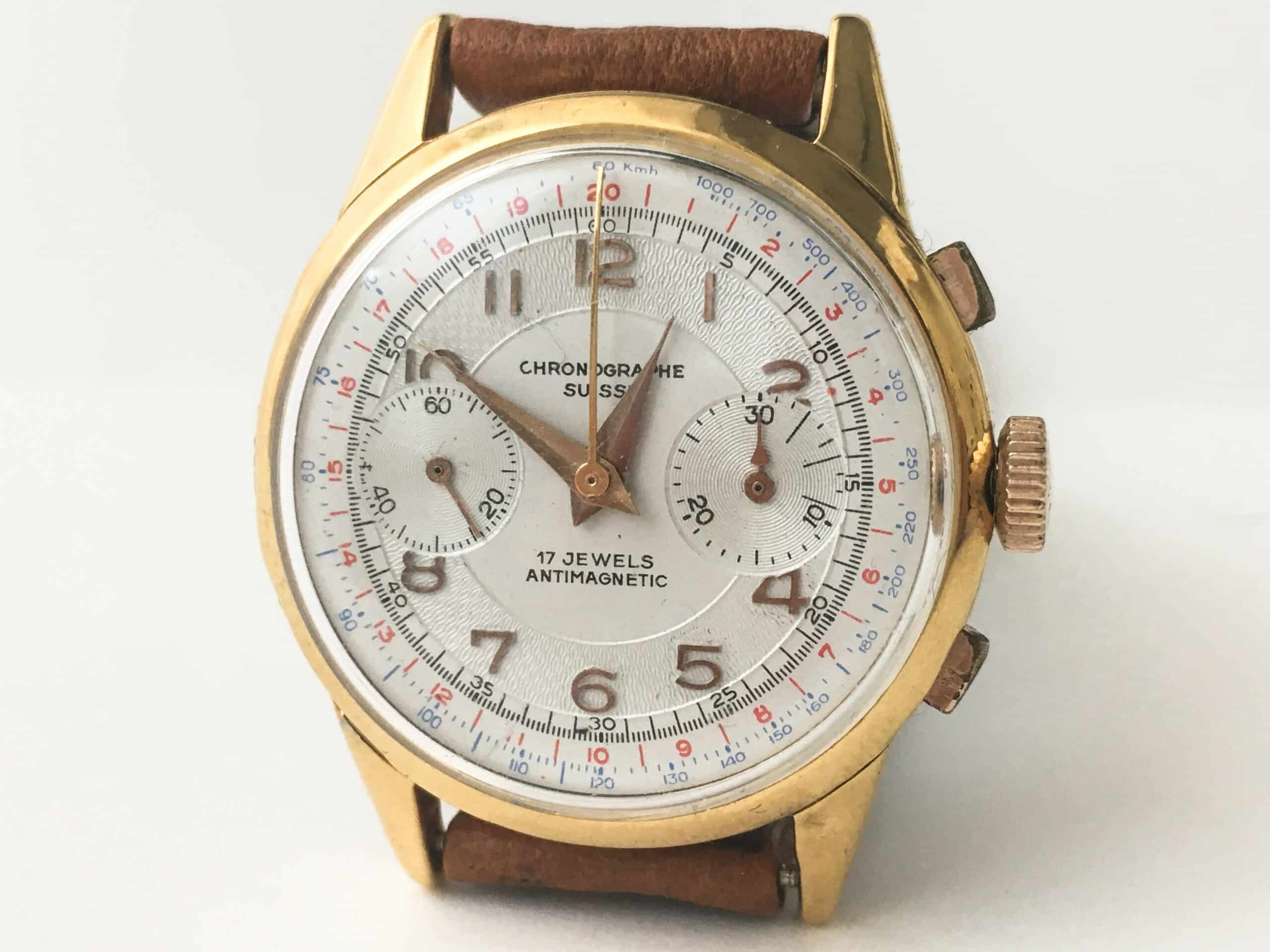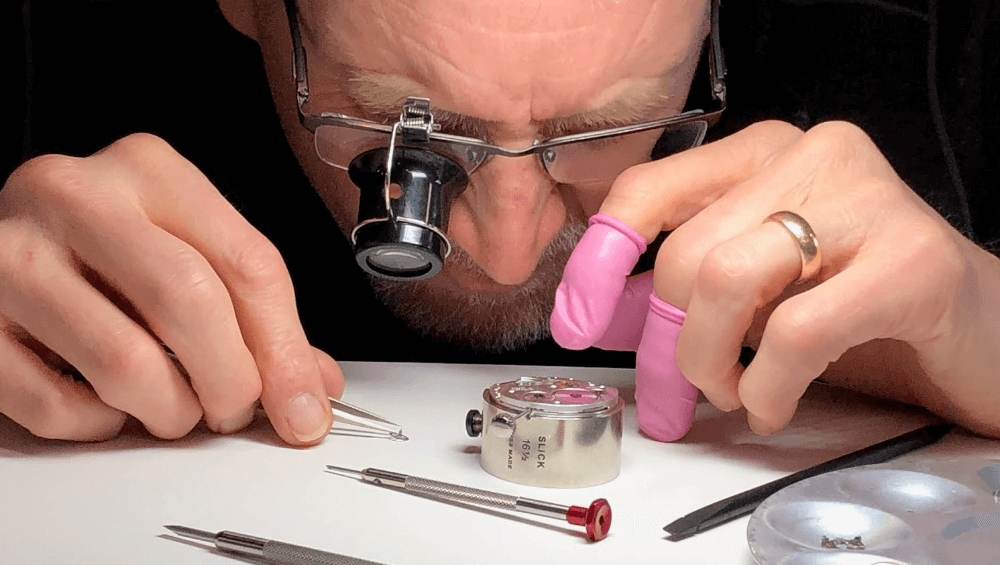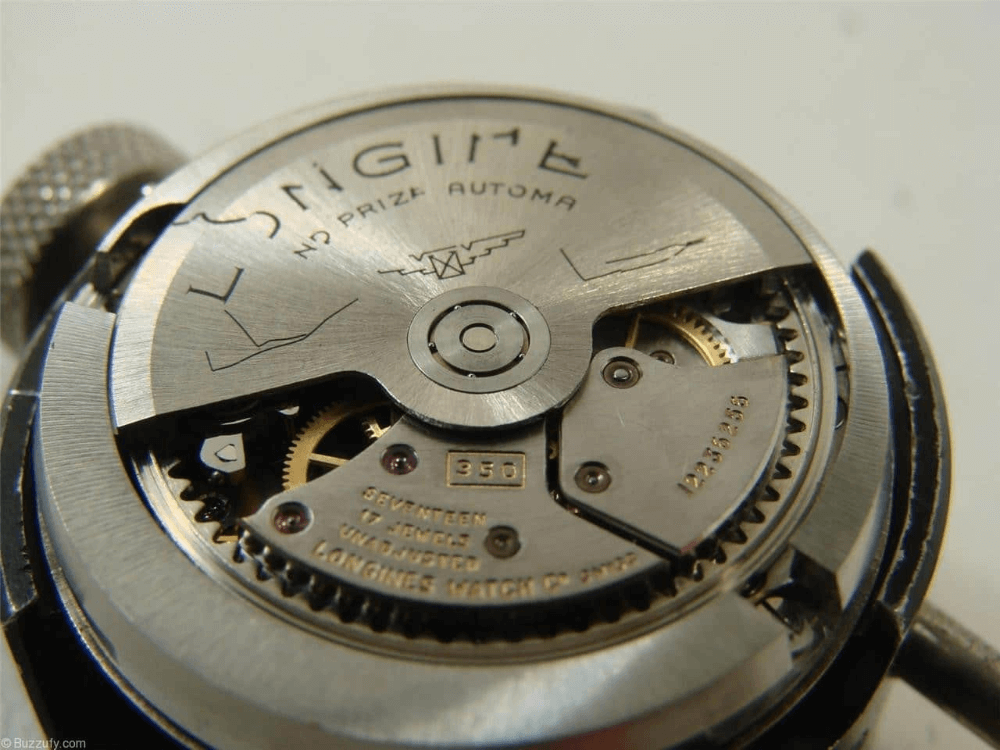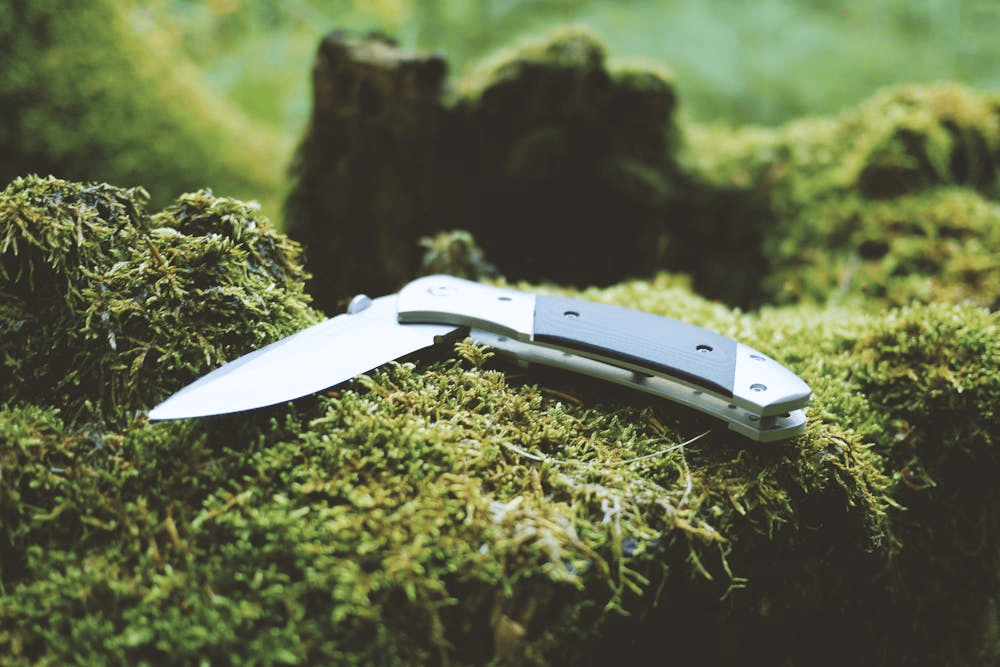When you find a vintage watch worthy of restoration, you must consider all of what that entails. Let us say that you discover a wristwatch in 4 grade (average) condition, with a badly discolored dial. To restore the dial or not to restore the dial, that is the question.
Generally speaking, a dial has to be fairly well gone before i refinish it. Collectors always prefer a watch with an original dial. However, if it is just plain ugly, then get it refinished. Sometimes it is a tough call and a lot of the decision rests with what you plan to do with the watch after restoration. If you enjoy the look of the watch and plan to wear it, then getting the dial redone is a question of personal preference. If you obtained the watch with the desire to resell it, then you might consider cleaning up the case, crystal and movement, but leave the decision to restore the dial to the next owner. However, if the dial is too ugly, there might not be a next owner anytime soon.
You must be careful and examine the dial closely to see if it will stand up to a light cleaning. Your watchmaker will know best what to recommend as far as dial cleaning goes. Usually you’re better off not trying to clean it. Enamel dials are easier to have cleaned, as the enamel has been kiln fired onto metal and the lettering and numbers are more stable. Repairs can also be made on enamel dials, but keep in mind that enamel is like glass and you must be careful with them. Hairline cracks can grow and chunks can fall off if these dials are mistreated. A huge percentage of vintage wrist and pocket watches with enamel dials have pronounced or faint hairline cracks in them. It is exciting to find one of these fine old watches with a perfect dial on it. Enamel dials with hairlines can be placed in an “ultrasonic cleaner” and the hairlines will disappear. However, they will return as soon as dust and dirt start settling in the cracks again. Examine them closely with a good loupe to determine if they are free of hairlines or not.
Many times, a watch just needs a good polish and a new crystal to look new again. To restore vintage watchcases, there are watchcase repair experts who can re-plate gold-plated cases, repair broken hinges, make new bezels, fix holes, dings and deep scratches. Solid gold cases are easier to polish up and restore than gold-plated or gold-filled ones. Gold-filled cases are the next best thing to solid gold (gold-filled is like an Oreo cookie lying on its side; there is base metal inside, usually brass, with thick plates of gold on the outsides). In the past, pocket watchcases were sometimes marked “5 Years”, “10 Years”, “Warranted 20 Years”, etc. This is an indication of how thick the gold plates were when the case was made. Can you imagine anything warranted for 20 years nowadays? It’s amazing that these gold-filled cases were made so well that the manufacturer could guarantee they would hold up for 10 or 20 years. Actually, most of these vintage gold-filled cases lasted many times longer than their warranty before any of the gold wore off to reveal the brass sandwiched inside. Rolled gold plate, sometimes stamped on cases as R.G.P., is the same as gold-fill, except the gold plating is thinner than gold-filled cases. The R.G.P. Watchcases did not hold up as long as the gold filled ones, but would last better than the next category, which is the gold-electroplated case. These cases just have a few microns of gold plating. Great care has to be used when polishing and restoring them to original finish.
Restoration of gold-filled and rolled gold-plated cases is tricky business. On wristwatch cases, the sharp edges usually wear through first-the corners, high sports, edges of the bezel and back, under the lugs, and also the tips of the lugs are the first to go. The case repairer must solder and/or re-plate the case. Depending on the severity of the wear, many times it just isn’t worth the time and money to fully restore a badly worn-through gold-filled or R.G.P. case.
Restoring the movement of a vintage watch depends on the age of the timepiece and availability of parts. If the movement just needs a cleaning and oiling, this is to be considered standard maintenance. If the movement has broken or rusted parts, you will need an estimate for repair and restoration from a competent watchmaker or repair person. Watches manufactured prior to the 1950s might not be shock-protected and must be examined for balance-staff problems. If it was manufactured prior to the 1940s, it definitely wasn’t shock-protected, since few watches had this feature prior to that time. When a watch is dropped or shocked severely, the balance staff and the crystal are the first to break. When examing a watch, see that the balance turns while the watch is held in various positions. A watch with a broken balance staff may work in one position, but not in another. A watch that is old or one that is rare, where only a few were originally made or have survived, can usually have parts made for it if none are available. This is most always an expensive and time-consuming process.
Suffice it to say that the more you inspect and handle these little machines, the better you will become at knowing what to look for, and the better you will become at judging their true condition, condition, condition.






